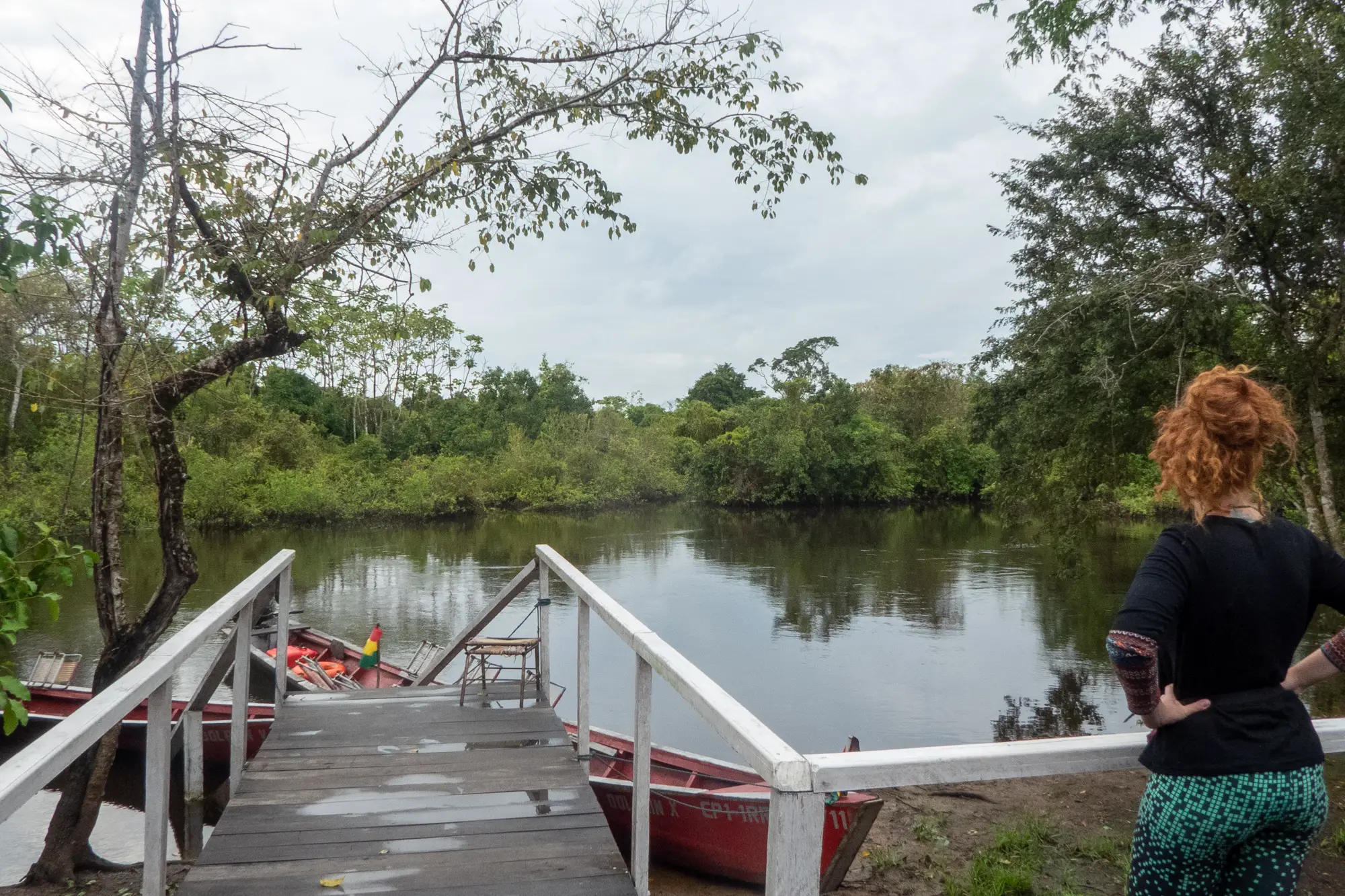Knowing that an extremely high percentage of everything in the Amazon Rainforest wants to kill you, I was anxious about preparing for my trip. Should I opt for specific jungle clothes or simply repurpose the gear I was already travelling with?
Choosing clothes for the rainforest can be a daunting task and is one that should be taken seriously. After all, potential threats lurk around every corner! Wearing the best kit limits your chances of getting eaten by dangerous insects and lessens the chances of getting dangerous reptile bites.
If you’re trying to work out what to pack for the rainforest, this list of jungle clothing and accessories will cover everything you need.
This post contains affiliate links. If you use them, I will receive a small commission at no extra cost to you.
Read more: (opens in new tab)
- Tips for Surviving the Jungle
- Pampas Tours in Bolivia: What You Need to Know
- A Guide to Mishaualli, Ecuador
Jungle Climate
The Amazon Rainforest sits on the equator making it a tropical rainforest. It spans eight different countries and covers 6.7 million square kilometres, although it’s sadly shrinking with each passing day.
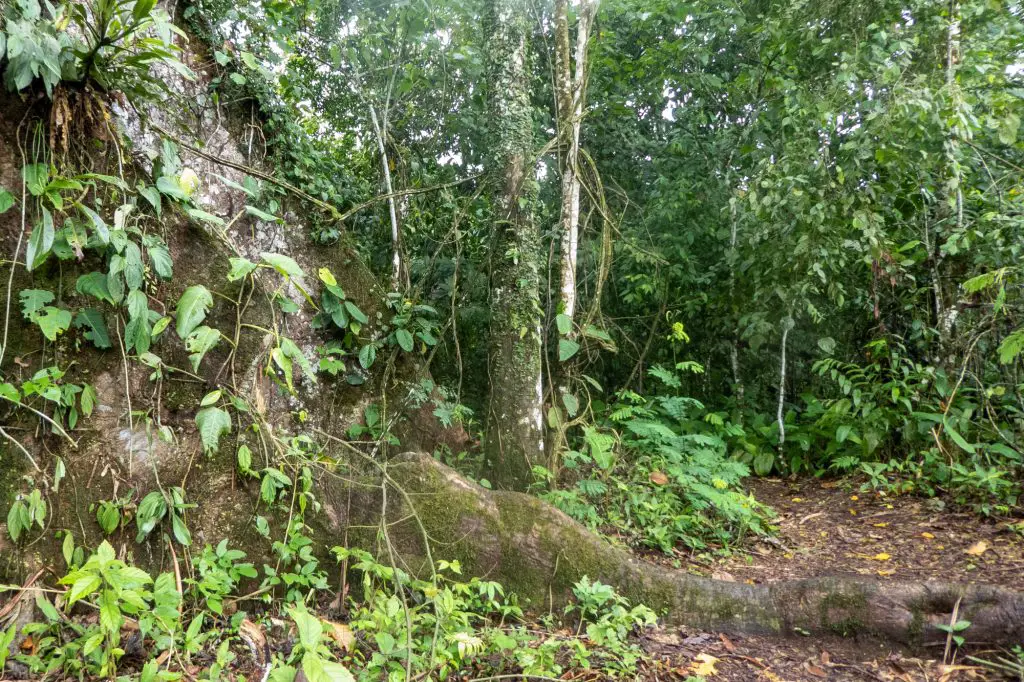
Tropical jungles are hot and humid year-round. The average temperature in a tropical rainforest ranges from around 21°C to 30°C. Although you can expect the jungle to be humid all year, humidity rises during the wet season.
The best time to visit the Amazon is during the dry season (July to December). However, if seeing animals is your main goal, the rainy season (January to June) offers better wildlife spotting opportunities.
What to Pack for the Amazon Rainforest
Jungle Clothing
- 2/3 x quick-dry t-shirts (1 x long-sleeved)
- 2 x pairs of leggings or trousers
- 1 x pair of shorts
- 1 x packable rain jacket
- 3 x pairs of underwear
- 2 x socks (1 x waterproof)
- 1 x swimsuit
- 1 x sunhat
- 1 x buff
- Sunglasses
Many of the Amazon packing lists that I read before my visit told me I’d need two sets of jungle clothes every day. I wholeheartedly disagree with this. If you’re visiting for a week or so, that would be 14 sets of clothes! This was more than I had packed for the year that I spent in Ecuador, Peru and Bolivia!
I think that two to three sets of clothes for the trip will be sufficient. You should have at least one rainforest outfit, another set of clothes for relaxing in and finally, something to sleep in. To save on pack space and weight, I slept in my relaxing clothes but this is entirely up to you.
Of the quick-dry t-shirts that you bring, at least one of these should have long sleeves. While it might seem counterproductive to cover up in the sweltering heat, wearing long sleeve tops will help protect you from the sun and disease-carrying bugs. Malaria is a very real threat in the jungle and should be taken seriously.

Anybody that knows me will tell you that I am a big advocate of leggings. They’re comfy, wick sweat away and pack down small. If you’re not a fan, instead grab a pair of walking trousers (the zip-off options are very good). For the reasons mentioned above, you’ll definitely want to wear something on your legs.
Although I’ve just banged on about the benefits of wearing long trousers, shorts are a good option for relaxing or sleeping in. Always make sure that they are quick-dry!
Even if you visit the jungle during the dry season, it is important to note that you will not stay dry. The year-round humidity means that tropical areas are prone to downpours and you should be prepared for this. Therefore, a packable rain jacket is a great idea. Go for something lightweight which can be compressed into a tiny carry case.
Where underwear is concerned, I am a huge believer in merino wool. It is more breathable than cotton pants, naturally rejects bad odours and is also quick-drying. The downside is that merino wool underwear can be quite expensive.
Socks are an important consideration when choosing your jungle clothing. A pair of waterproof socks from a brand such as Sealskinz is a great idea as they keep your feet from getting wet and dry quicker than traditional socks.
Did you know that you can swim with the pink river dolphins in the Amazon? Bring a swimsuit so you don’t miss out on this bucket list opportunity. Oh, and try not to think about the piranhas and caiman while you’re in the water!
The sun can be fierce in areas of the jungle that are exposed. Wear a sunhat when you’re out and about — bonus points if it provides neck protection! If not, couple up your hat with a buff instead. Sunglasses with a level of UV protection are also a jungle essential.
Jungle Footwear
- 1 x pair of hiking boots/shoes
- 1 x pair of sandals
When it comes to jungle trekking, a good pair of closed-toe hiking shoes is what you’ll need. These offer far more protection from the elements and also from any critters that could be hiding underfoot. Although you don’t need boots, these will provide additional support around the ankle where hiking shoes won’t. A pair of sandals is ideal for chilling out inside but can always be used when swimming too.
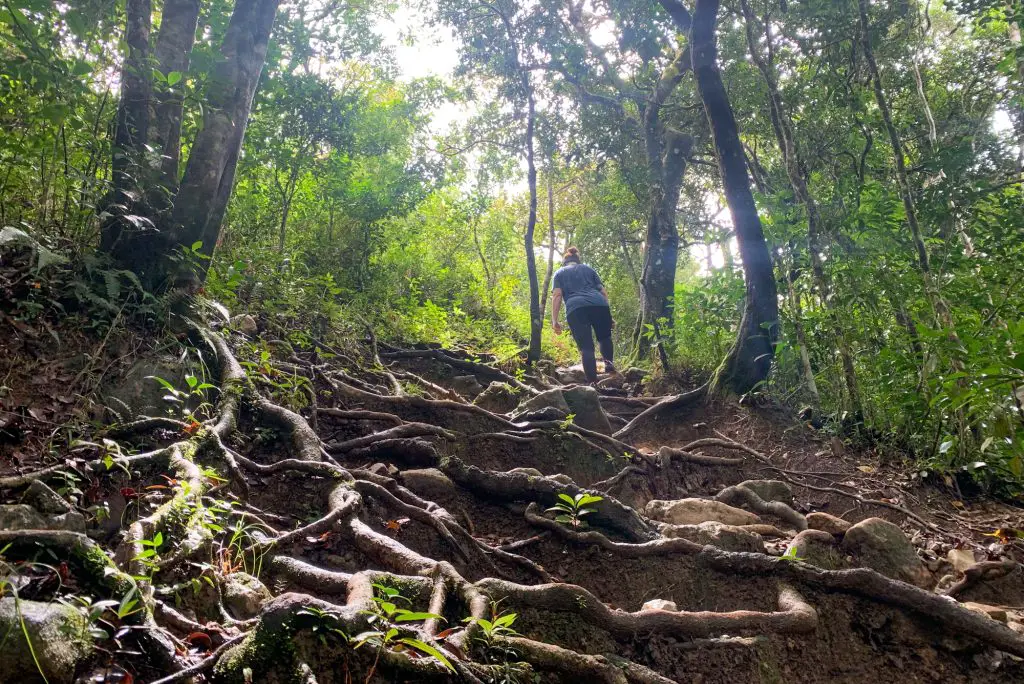
Toiletries
- Toothbrush
- Toothpaste
- Insect repellent
- Suncream
- Hand sanitiser
No matter your skin tone, you will need suncream. If you are planning on swimming in the jungle and especially if your Amazon trip involves a pink rover dolphin experience, make sure you bring eco-friendly suncream. This is important because traditional suncream often contains ingredients like oxybenzone which can be harmful to marine life.
Insect repellent is one of the most important items to bring with you into the jungle. Malaria and other mosquito-borne diseases such as Zika pose real threats to health and repellent will help to keep these disease-carrying bugs at bay.
Miscellaneous
- Daypack
- Dry bag
- Camera
- First aid kit
- Pocket tissues
- Painkillers
- Imodium
- Head torch
- Refillable water bottle
- Passport
- Copies of personal information
If you’re visiting the jungle as part of an organised tour, I encourage you to leave your main luggage at your tour company’s office. You won’t want to carry all that stuff around! Instead, opt for a smaller daypack. Always bring a dry bag for your electronics — you never know when they could end up getting wet, especially if you are travelling by boat.
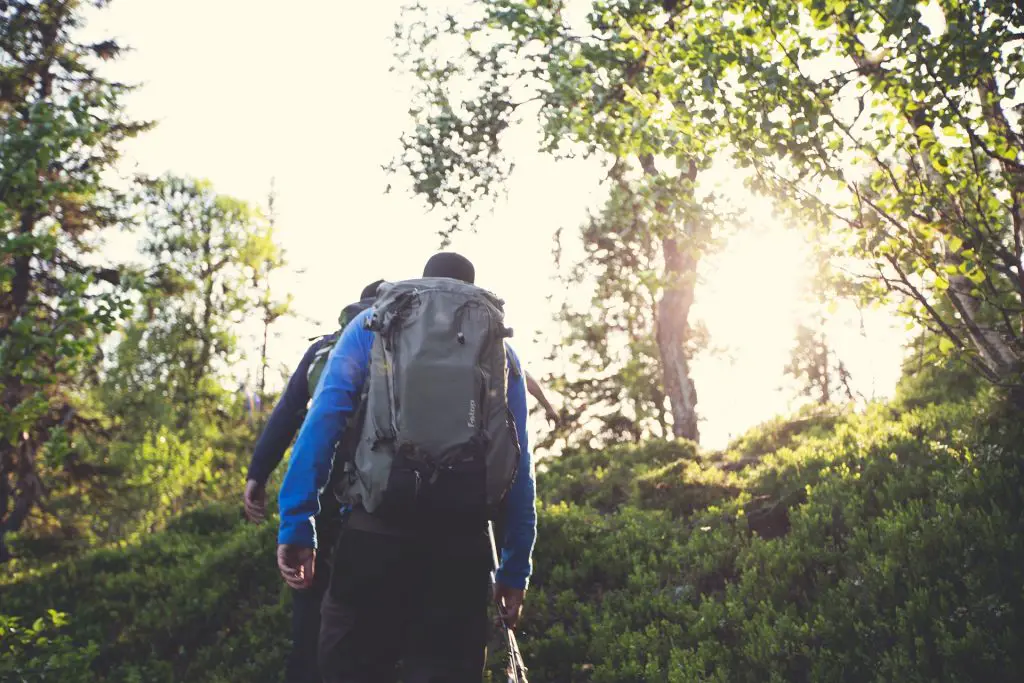
A basic first aid kit, along with painkillers and Imodium are definitely essentials in my experience. After all, if you sustain a minor injury or aren’t feeling well in the jungle, it’ll be a long way to a pharmacy!
A head torch will be needed for night hikes. With so many scary creatures hiding just out of view, you don’t want to chance disturbing anything!
When you travel, it is always good practice to hope for the best and prepare for the worst. The jungle can be a dangerous place at the best of times which makes travel insurance even more important. Good insurance will compensate you if you become a victim of theft, cover hospital costs if you get ill and repatriate you in emergencies. The insurer that I recommend and use is SafetyWing.
Always make sure that you keep your passport safe. I always carry copies of my personal information (passport, visa and travel insurance policy) just in case I lose one of the originals.
Whenever you travel, you should consider making responsible choices for the planet. Cutting down on single-use plastic is an easily achievable goal for most with a refillable water bottle. To save on space, opt for a collapsible water bottle from a brand like Platypus or Vapur.
Also read: How Much Water Do I Need For a Hike?
Optional extras
- Binoculars
- Mosquito net
- Yellow fever jab
I have seen some packing lists recommend a pair of binoculars for trips into the jungle but honestly, who travels with a pair of these? If you’re really keen to use binoculars on your jungle visit, see whether you can rent some from your tour company or better still ask if the guide will be carrying some.
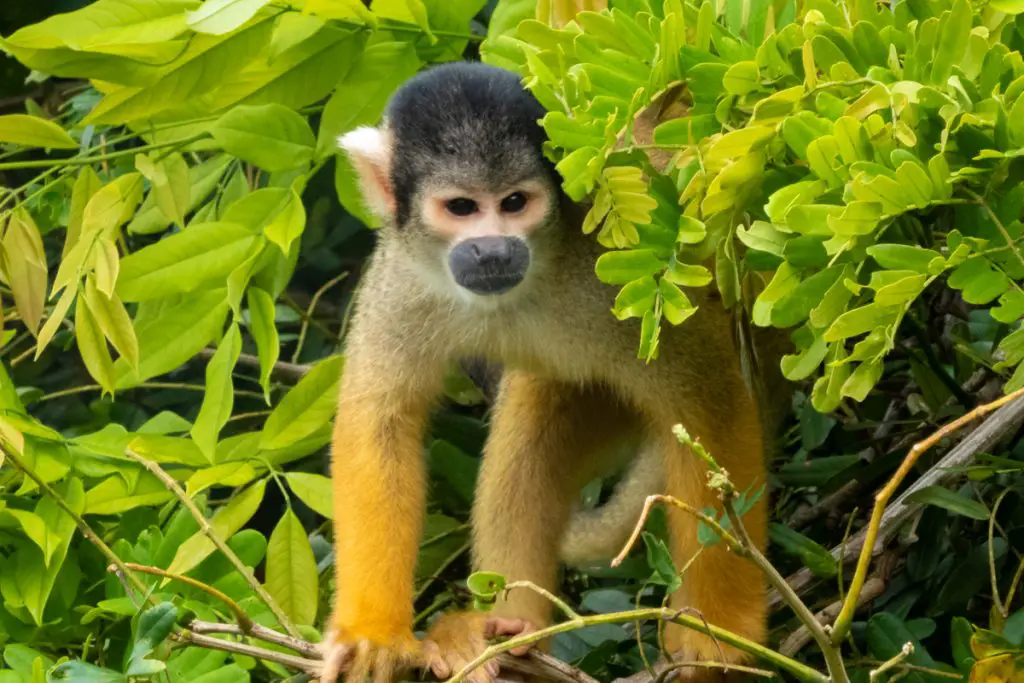
When you are staying overnight in the jungle, most accommodation options will come with mosquito nets over the beds. However, if your tour doesn’t, make sure you are carrying your own. These can be easily purchased online for a reasonable price.
Many countries in South America will require you to have a yellow fever vaccination to enter, especially if you are heading to the Amazon. Always make sure to check the entry requirements as well as the recommended and mandatory vaccinations prior to travel.
4 Jungle Clothing Tips
- Opt for neutral earthy tones
The Amazon is home to 10% of the world’s wildlife. An amazing hub of biodiversity, wildlife spotting is one of the best reasons to make a trip into the jungle. To increase your chances of spotting elusive jungle critters, stick with earthy tones when choosing your clothes.
Bright colours will make you stand out and the surrounding wildlife is likely to retreat into the foliage if it spots you. Brown, beige and green are good colours to opt for. Also, remember that bright colours will attract bugs and you definitely don’t want that!
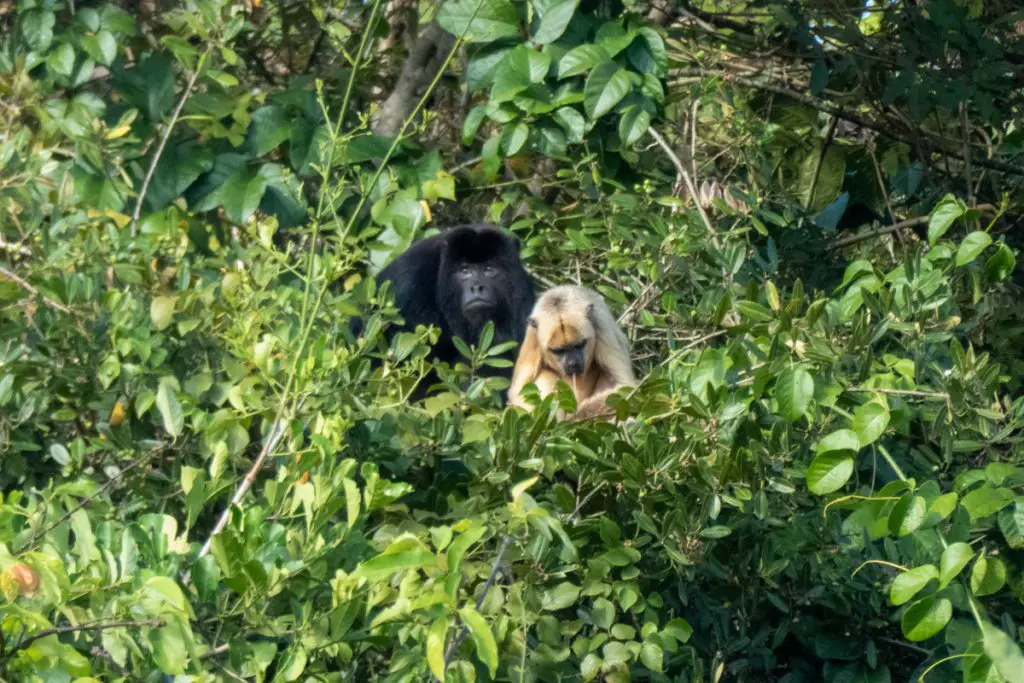
- Always choose quick-drying
Humidity is the enemy when it comes to venturing into the jungle. Therefore, you will sweat, a lot! To keep your jungle clothes feeling as fresh as possible, opt for quick drying options when you can.
The humidity means fabrics can take ages to dry so by opting for something quick-dry, you’ll increase your chances of putting on dry clothes the following day (no matter whether you sweat through them the day before or have just hand-washed them).
- Pack light
Porters are in short supply in the rainforest and you will likely need to carry all of your own gear to and from your jungle lodge. To ease the pressure on your back, opt for lightweight clothing whenever possible. Travelling from A to B will be sweat-inducing enough without a heavy backpack weighing you down!
- Forget fashion
The jungle is not a place for high-maintenance people. Any makeup that you apply, you will sweat off (probably in record time)! Don’t worry about dressing to impress or making yourself up. Instead, accept the jungle experience for what it is and embrace practical clothing choices. You might not look like a catwalk model but you’ll be significantly more comfortable with it!
Would you add anything to this Amazon Rainforest packing list? Let me know in the comments!

